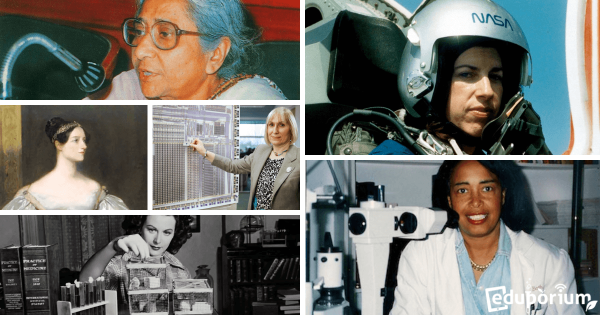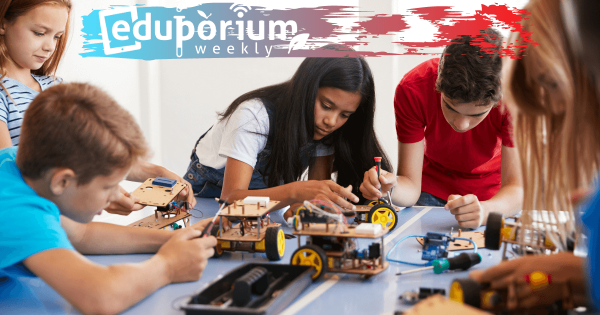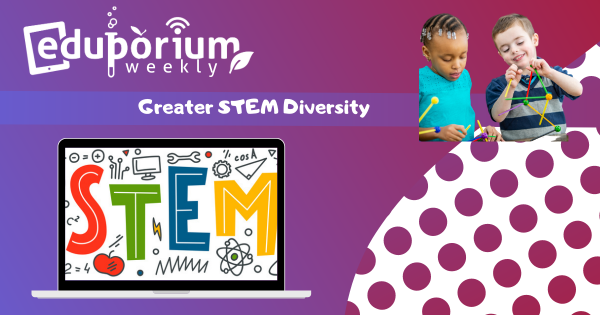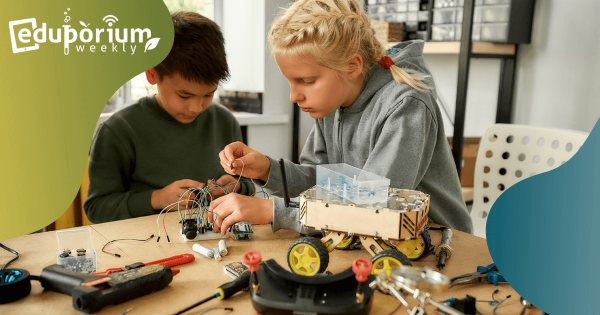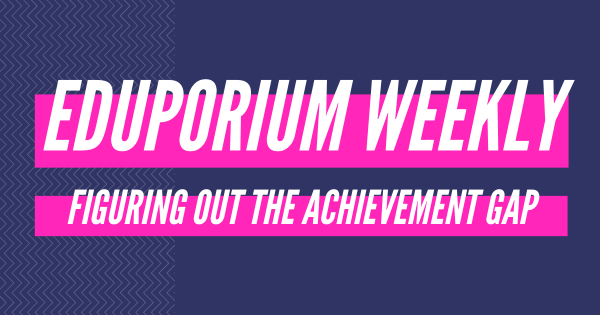It’s Women’s History Month, and to celebrate, we’ll be highlighting some of the most significant historical accomplishments female STEM leaders have made. Recognizing the contributions of these women is an inspiration both to educators and future women in STEM. Read on for details on how these women gave us Wi-Fi, programming, chemotherapy, OLEDs, and more.
Equity
In terms of offering students the experiences and resources they need, equity has emerged as a huge focal point. With equity concerns in education that were exacerbated by the pandemic, school leaders began realizing just how uneven some aspects of learning were for some students. Not every child in every area has access to the same learning opportunities—especially pervasive in STEM education. And, though varying (and sometimes unavoidable) factors create these inequities, they can substantially affect the children involved. Thankfully, many 21st century educational technology solutions now also have built-in features for advancing equity. While remote learning is behind us, we learned so much during that time. It's crucial that both teachers and officials come together to always remember that every student's situation is different. In doing this, it is easier to consider equity factors all the time.
Some have full access to tech tools and the Internet, some learn more quickly than others, and some even have different levels of tech proficiency, which all contribute to positive classroom experiences. At the same time, technology can serve as a powerful equalizer in education that breaks down barriers and strengthens equity. Access to digital resources often helps bridge the digital divide, simultaneously unlocking opportunities for more relevant learning and personalized instruction. By fostering level playing fields, technology ensures that children, regardless of existing socioeconomic factors, can access quality educational content, collaborate on projects, and develop crucial digital skills. This, in turn, will promote a more equitable and inclusive learning environment. And, with fewer barriers, all kids can enjoy success. Explore some of our content below and how it can help advance equity in your school.
-
Black History Month: Celebrating Black STEM Innovators
At Eduporium, we take pride in being one of few technology companies to have a Black CEO. So, to kick off Black History Month, we are highlighting some of the most crucial accomplishments that Black STEM leaders have made throughout history. These innovators have shaped our technologies to this day and continue to inspire students to follow their dreams.
-
Eduporium Weekly | Scaling Your Afterschool STEM Programs
Education in 21st century schools, especially when educational technology plays a role, is very much aligned with progress, growth, and the scaling of programs. Now that the summer is here, it seems appropriate to talk about some of the programs that students take part in outside of their structured school activities, including various afterschool programs and fun clubs.
-
Eduporium Weekly | Achieving Greater Diversity In STEM
Diversity efforts, in every area of education and the workforce, should open opportunities for everybody to elevate personal thoughts, talents, opinions, and experiences. As we keep striving to overcome a lack of diversity in the STEM community, it’s crucial across all industries and we believe everyone should be open to discovering new points of view and potential solutions.
-
Eduporium Weekly | Technology, Equity, And Inclusion
Equity in modern learning involves much more than connectivity—although that’s a big piece of this puzzle. Disparities in reliable Internet access along with other inequities (as we constantly felt amid the pandemic) can expose inconsistencies in learning quality. On the other hand, firming up students’ digital safety (while serving their needs) also entails equity considerations.
-
Using EdTech To Teach SEL And Communication Skills
Although the pandemic caused setbacks in SEL and communication skills, students are often using EdTech to revitalize some of that lost learning. By working as teams to build a circuit or practicing conversations with robots, students foster communication skills that can prepare them for their future. And, they can even communicate in alternative ways through art or music.
-
Eduporium Weekly | The Digital Divide And Learning
It has now been slightly over three years since the pandemic first shook up the education world. Beyond initial struggles with administering emergency instruction and too many parents worrying about kids losing academic and social development, another key factor emerged. We knew there was a big digital divide among our students, but didn’t realize how bad it really was.
-
Eduporium Weekly | Culturally Responsive Teaching
We now have so many unique teaching styles and strategies for effectively communicating curricular content to your kids, including teacher-centered, student-centered, self-paced, competency-based, and even inquiry-based models among others. Then, there is culturally responsive teaching, which involves shifting instruction and language for kids from different cultures.
-
Panel: Women In STEM On The Ethics Of AI
Last week, at the Boston Museum of Science, their Women in Science and Engineering (WISE) initiative hosted a panel on Women in AI. The panelists discussed the need for added diversity in AI and the significance of ethical issues surrounding how people use artificial intelligences. They also added their insights on how to use AI tools effectively and safely in the classroom.
-
Eduporium Weekly | Figuring Out The Achievement Gap
When we talk about achievement gaps in education, we’re usually referring to measurable variance in achievements among students from different but often inherent groups. These include gaps in grades, attendance, and even soft skills development, and how not having truly equitable opportunities is affecting them. Moving forward, preventing and shrinking said gaps is key.




